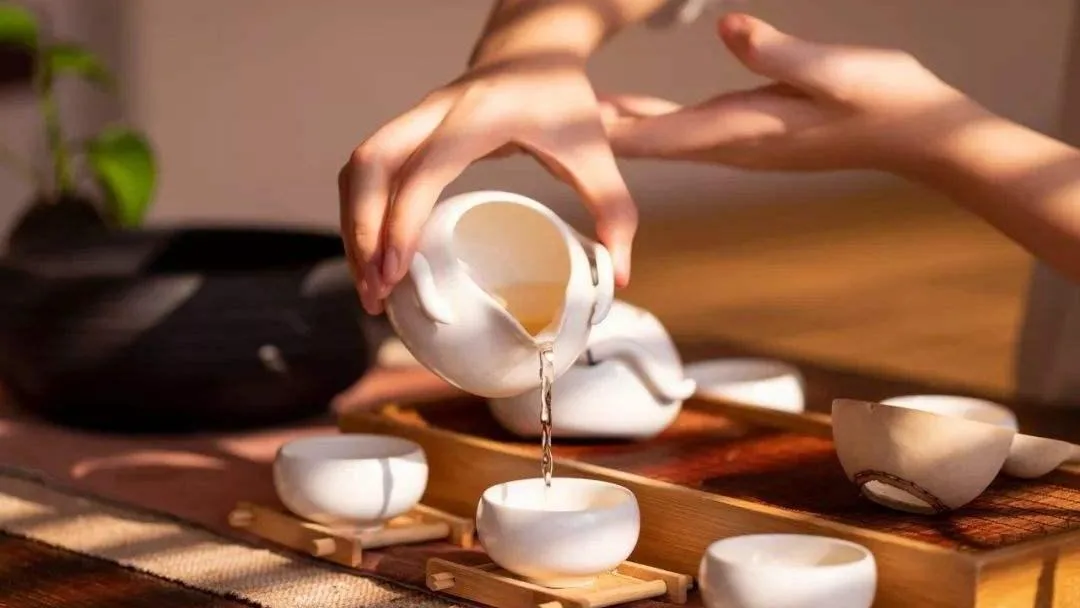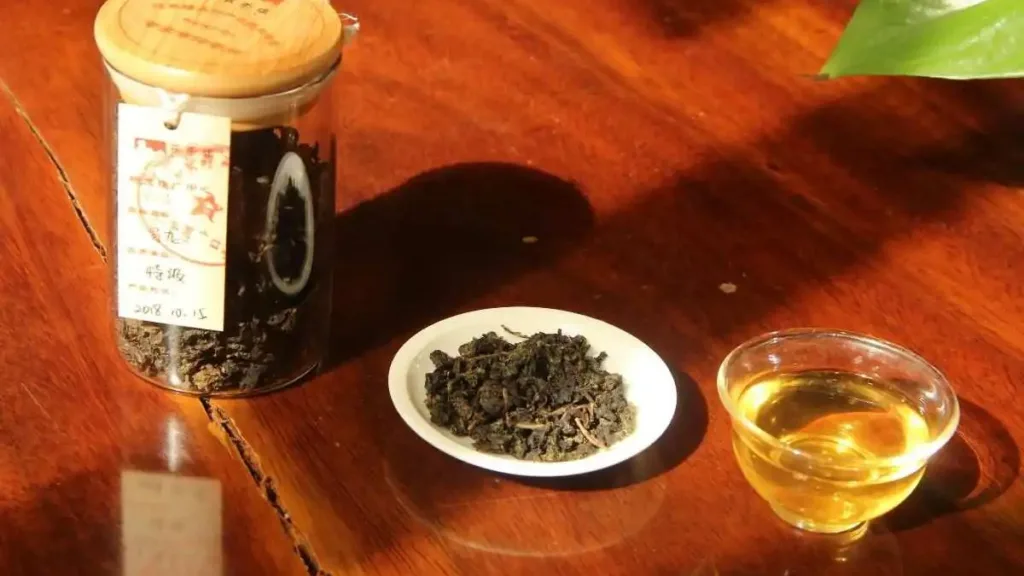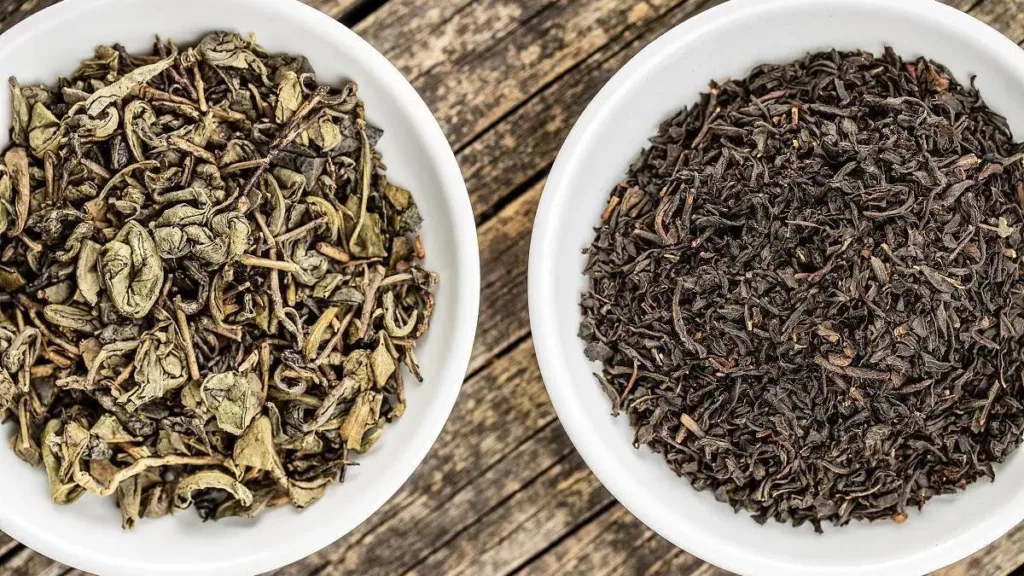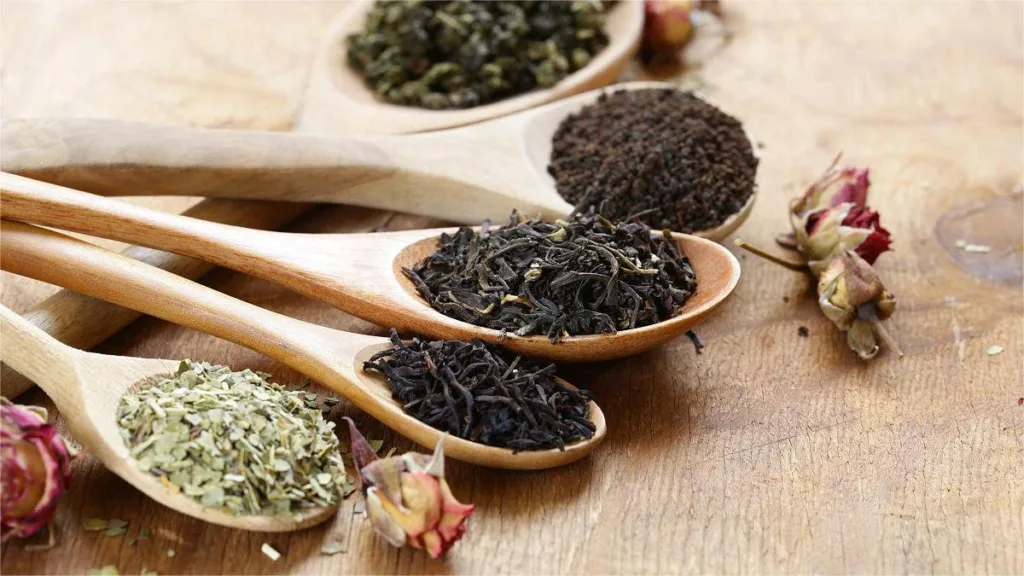The Chinese tea ceremony is a cultural and artistic practice with a meticulous set of procedures. It involves preparation, brewing tea, and presenting the tea to guests. Attire plays a crucial role in enhancing the ceremonial atmosphere and adding a sense of solemnity to the occasion. This article will explore the recommended guest attire for the Chinese tea ceremony, emphasizing the significance of colors, the cultural concept of seasonality, and the importance of attention to detail.
1. The Fundamental Process of the Tea Ceremony:
The Chinese tea ceremony follows a structured process that includes preparation, tea brewing, and tea presentation. Attire contributes to the formality and gravity of the ceremony. Ideally, guests should wear neat and formal Zen clothing. Zen clothing, a traditional Japanese garment, minimizes wrinkles, creating a more polished appearance. Another option is the iconic Hanfu, a popular choice in the Chinese tea ceremony community, conveying serenity, aesthetics, and confidence.
2. Color Selection:
In the context of the Chinese tea ceremony, color holds great importance. Black, light gray, and brown are preferred colors for tea ceremony attire as they highlight the wearer’s dignity and poise. Avoid overly vibrant and flashy colors; instead, opt for simple, calm, elegant, and modest tones.
Moreover, the cultural concept of seasonality, known as “季节感” (jìjié gǎn), influences color choices. In spring, choose soft and gentle colors; in summer, opt for cool and bright hues. Fall suggests clothing in muted purples, grays, reddish-brown, and deep browns. Winter calls for darker, subdued colors, emphasizing the wearer’s internal restraint and moderation.
3. Attention to Detail:
Details are crucial when it comes to tea ceremony attire. Traditional Japanese garments come with specific requirements, such as the proportion of sleeves and the coverage area from the neckline to the sleeve’s end. Well-fitted cuffs and trouser hems are essential, ensuring the warmth and integrity of the ritual.
Regarding footwear, careful consideration is necessary. Choose traditional Japanese shoes like boots or other culturally specific options rather than overly modernized footwear. Embrace Japanese footwear like straw sandals or construction boots to fully embody the essence of traditional Japanese culture.
4. Conclusion:
Wearing appropriate attire is a fundamental aspect of the Chinese tea ceremony. The chosen clothing can emphasize the ceremony’s solemnity and order while also soothing and relaxing the atmosphere. When participating in a tea ceremony, selecting the right attire is paramount as it allows individuals to express respect for the history, etiquette, and culture of the tea ceremony through language and body language. In essence, the attire becomes a symbol of reverence for the rich heritage embedded in the art of tea.



